
Let’s visit a terrible and at the same time fantastic place in Japan. That is the prison Abashiri.
Usually a town appears near a big factory or a mine. And in Abashiri a
village appeared near the prison. It began about 115 years ago. After
centuries of the shogunate`s governing the emperor got the power.
Western states tried a lot to influence Japanese economics. Men cut
their pigtails. Samurais started going without swords in their belts.
Little by little peoples were getting accustomed in the east land. One
of these ideas was that criminals were not to be executed, but kept in
prison and made work.
Far more north than the most northern Japanese island Hokkaido, in the
little village Abashiri where the ocean freezes in winter the life was
still and quiet. But it was till the day of the arrival of the state
functionary with carefully cut beard. He wandered about the village,
looked around and understood that he found what he had been searching
for.
In the north there were noisy waves of the Sea of Okhotsk, in the south
there was a big lake Abashiri. The lake Notori blocked the road to the
east and the river flowed near the downhill. « There is no way to left
this place», the functionary thought.
In several months fifty strong men with heavy irons on their hands and
feet came to the village. Men felled trees in the nearest forest and
built something. After another month the next group arrived. A big
prison for 1000 people appeared quickly in front of inhabitants of the
village. It was the first prison with high security in Japan. Guards,
functionaries with families, engineers came to Abashiri with prisoners.
The popularity of the village was growing very fast. Traders came after
state workers and the number of shops was also increasing. The village
became the most active place in the region. And the prison was the most
terrible place in Japan.
The worst thing for Japanese criminals was to get in that prison. Only
offenders with grave crimes were sent there. This punishment was
considered just a little lighter than death penalty. The government
planned to develop the region, so roads were necessary and they were
built by prisoners. Under very hard circumstances they also built the
railway and an airport, cut down trees and cleared fertile arable lands.
Only archives know how much blood and bones lay here in the ground.
In 1984 a new modern prison was built in place of the old one. The
previous prison was rearranged into a museum. The prison area begins
with a beautiful bridge across the river. It is written that prisoners
could think over the life meaning while going along the bridge. But
hardly they could do this. And in general the museum founders probably
have split personality. On one hand they tried to show a good life of
prisoners and to show that prison re-educated them. But on the other
hand prisoners appear as tragic heroes suffering from hard work and
dying in great numbers. These two sides do not match at all. In one
place prisoners` mockups are gladly digging up the land and in the other
building there are photos of emaciated inmates and fatal numbers. You
can probably imagine how it was in truth from the literature about
GULAGs. And Japanese cruelty of the war time also exists. Let’s see how
it revealed:
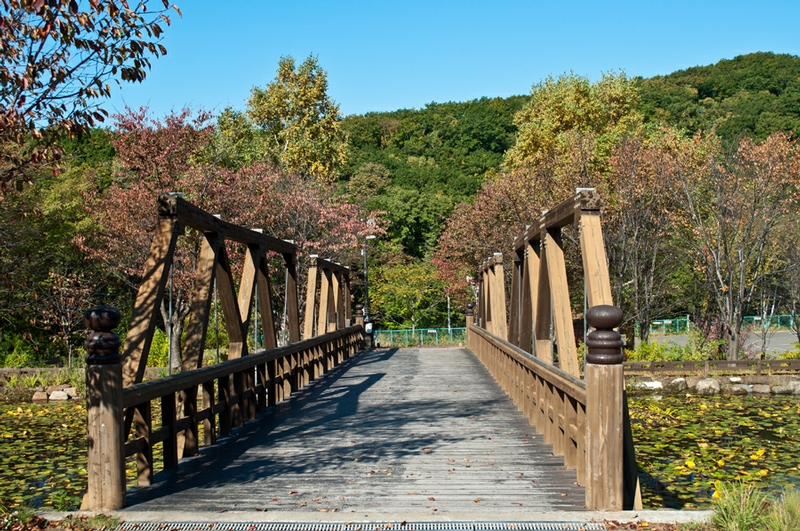
Inmates got to prison across this beautiful bridge
This English is rather strange. The meaning is not always clear.
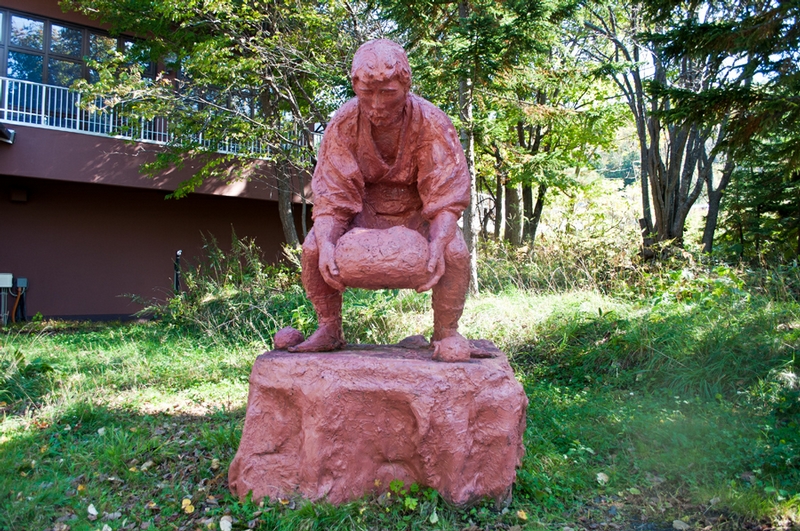
«Stone» prisoners and guards are on the whole prison area.

That is the way they slept…
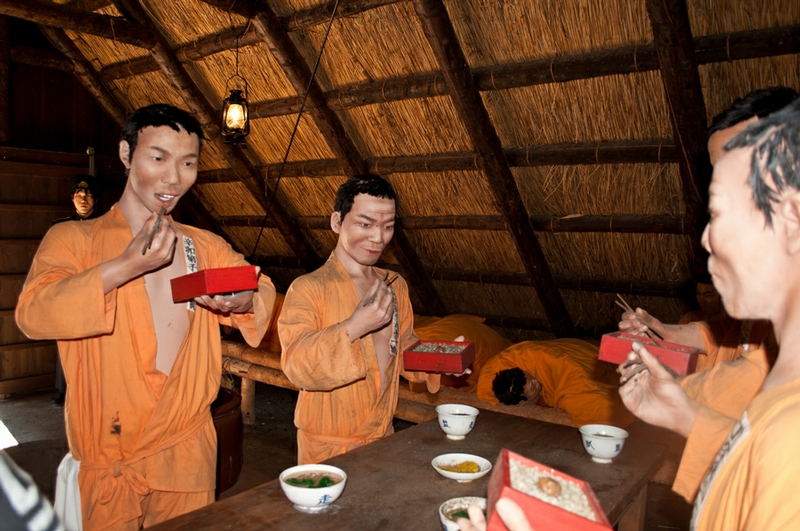
And ate.
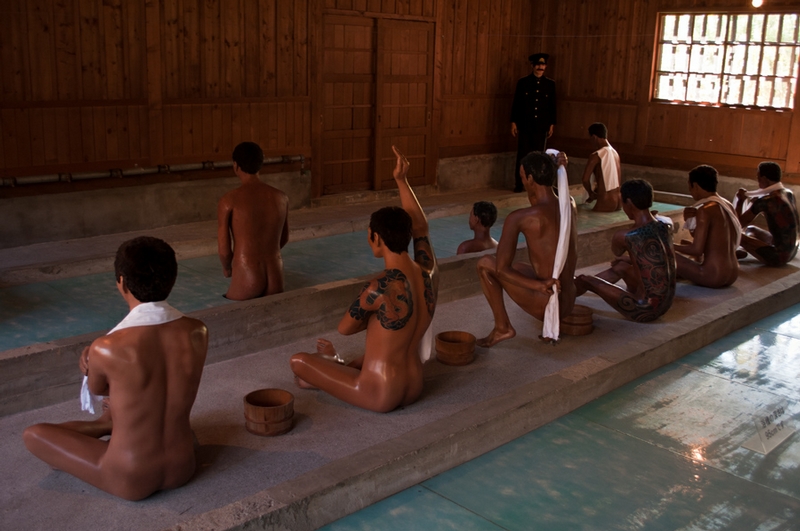
Bath was once in two weeks, because there were a lot of thermal springs.
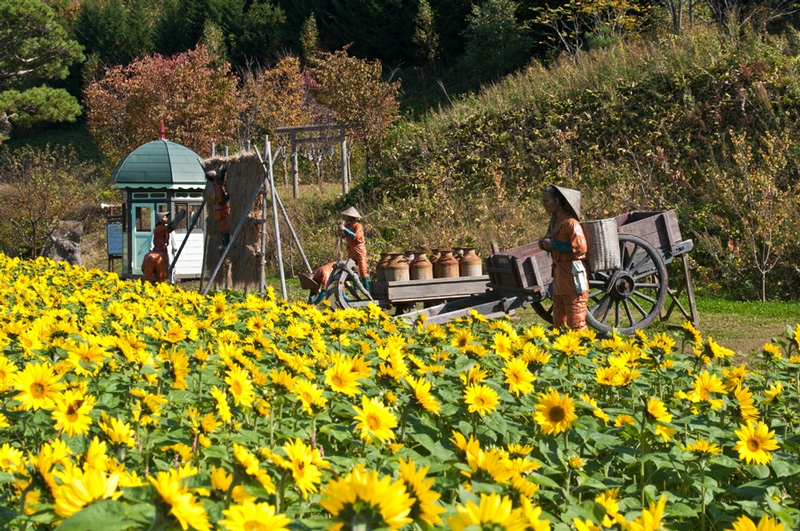
Prisoners cultivated their food themselves.
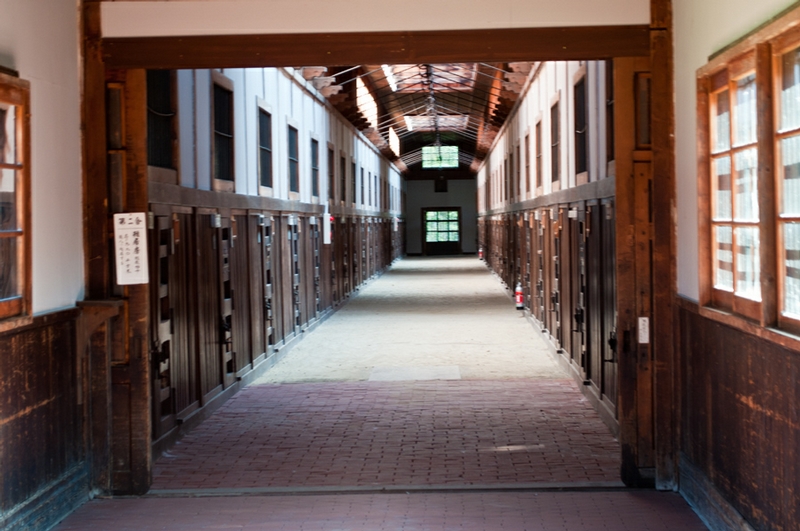
Perhaps the prison corridors are the same all over the world.
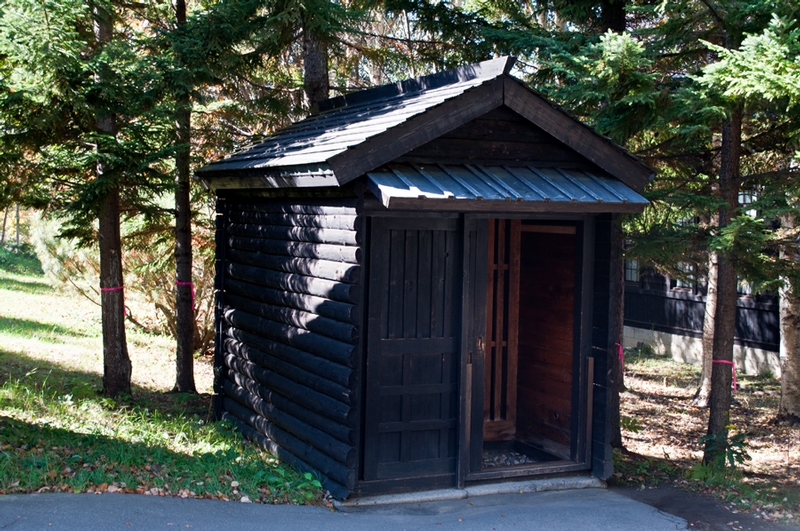
This little cozy house is a cell.
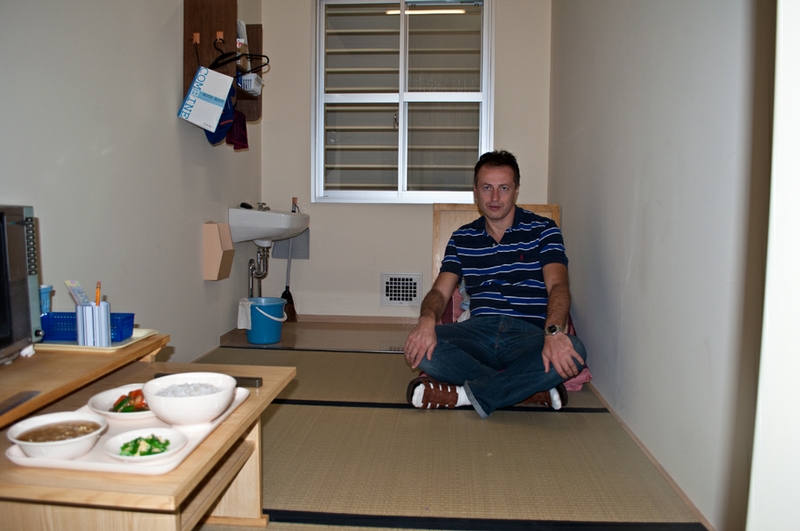
And that is a modern cell in the new prison. At least it serves as an example for tourists.
via vnarod

0 comments:
Post a Comment